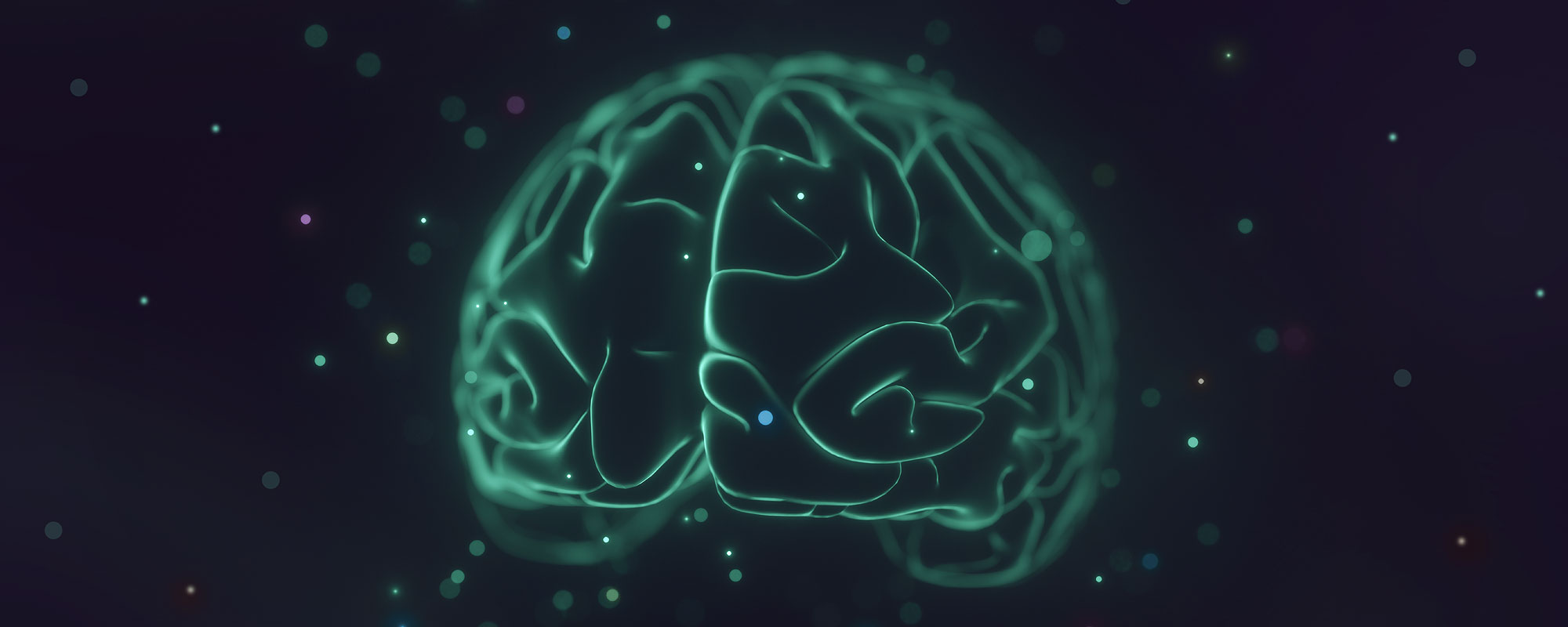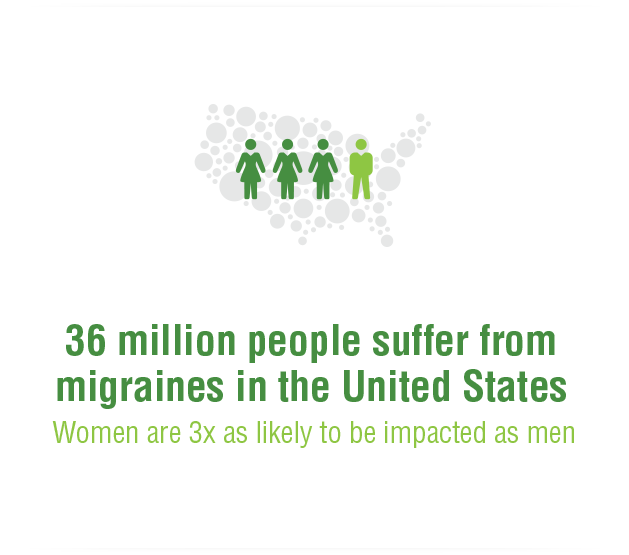Pulsating headaches, nausea, sensitivity to light and sound, vision impairment: Those who suffer from migraines are all too familiar with debilitating pain and its emotional toll. In the United States alone, 36 million people are affected by migraines. Yet, despite being a common disabling neurological disorder, there is little understanding of migraine’s severity and secondary effects. But now, insight with the power to transform public perception of this disease is helping support researchers in the battle against the disease. And with new, revolutionary treatments on the horizon, patients and their loved ones have new hope.

Getting Ahead of Migraines


Understanding the Impact
Understanding migraine’s far-reaching effects gives patients and researchers a greater understanding of the disease and helps them target attacks. A recent survey released by Eli Lilly and Company and conducted by Nielsen reveals that many underestimate the pain and duration of migraines. A staggering 91 percent of respondents who suffer from this debilitating condition expressed that those who do not experience migraine pain do not fully understand the disease.
The survey delved further into secondary effects and hidden costs. Results demonstrated that migraine can have a devastating impact on patients’ professional, social and economic well-being. Due to the disabling nature of the disease, over one-third of respondents reported that lowered productivity during migraines resulted in them missing out on work opportunities and earning potential. Additionally, 72 percent agreed that migraines hindered their ability to care for family, while 90 percent reported a sense of helplessness when a loved one has a migraine.
Results like these are essential to treating the disease because they help researchers understand its full impact on patients and their loved ones. More information is available than ever before, helping develop more targeted approaches that may hold the key to defeating migraine.
The Latest Innovations
For migraine sufferers and their loved ones, there is hope for relief. Recent research breakthroughs target migraines before they occur, rather than just treating the symptoms. Following years of global collaboration between Amgen and Novartis, a recent innovation inhibits a specific gene-related peptide that plays a critical role in migraine attacks.
In addition to this breakthrough treatment, there are currently 27 medicines in development to treat headache and migraine. Innovations like these not only demonstrate hard-won progress by researchers working relentlessly to give new hope to patients and their advocates, but also the extraordinary success that can be achieved through partnership and cooperation.
Together, we go boldly.
Ready to Get Involved?
Make your voice heard to protect innovation.